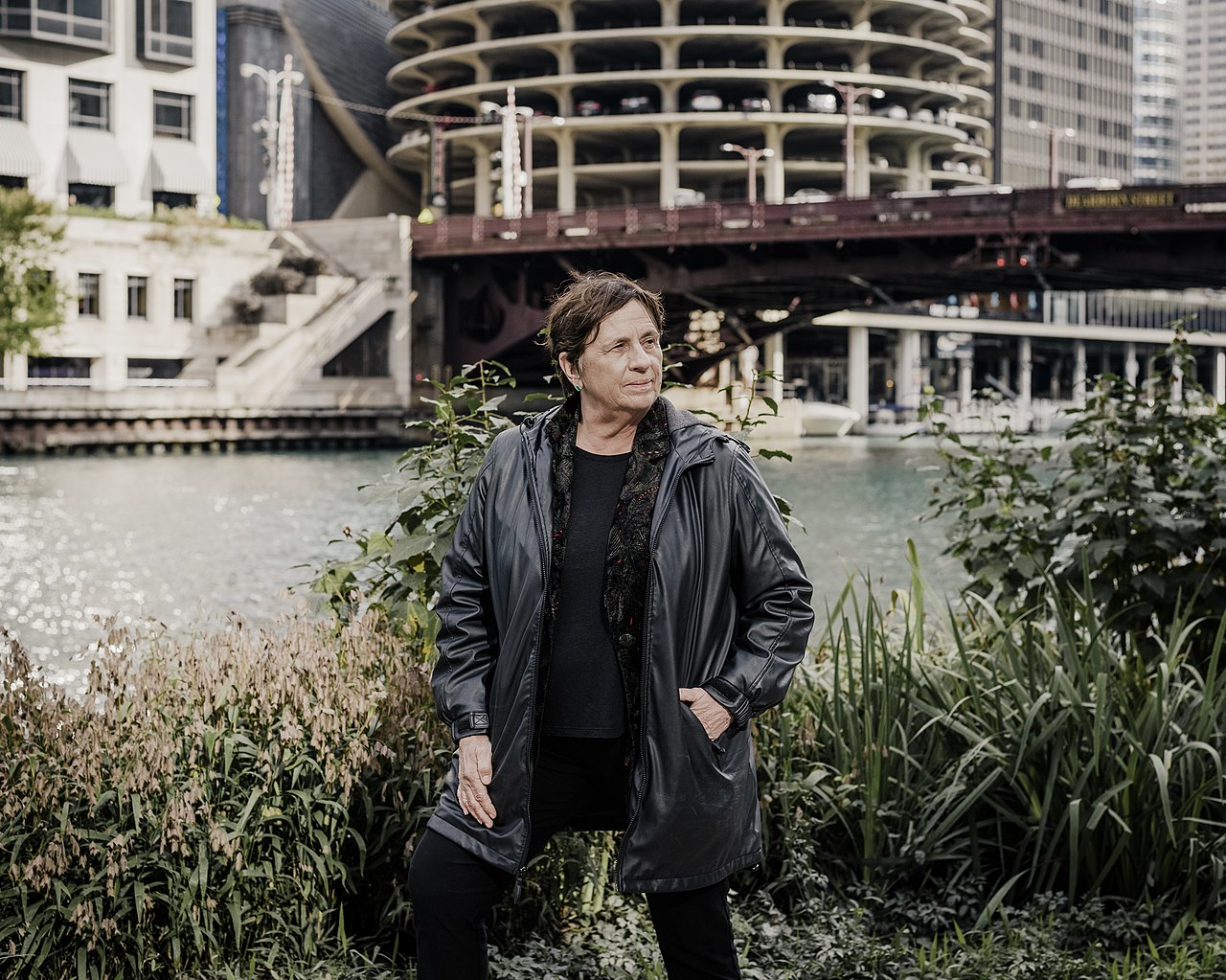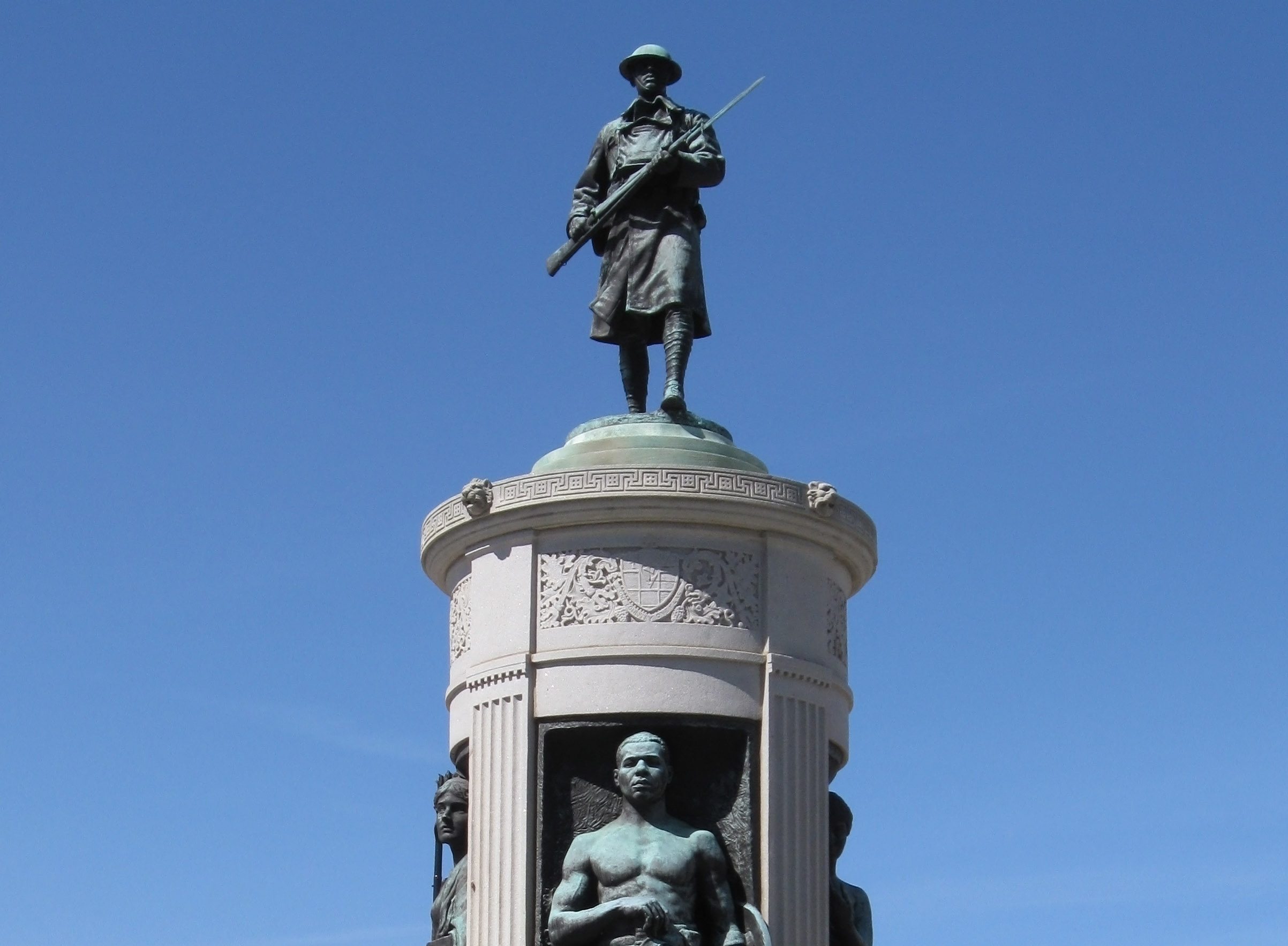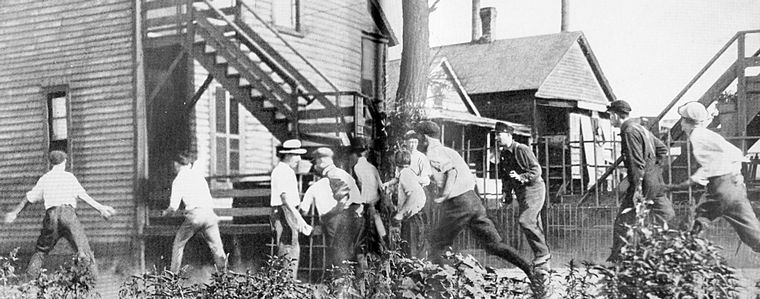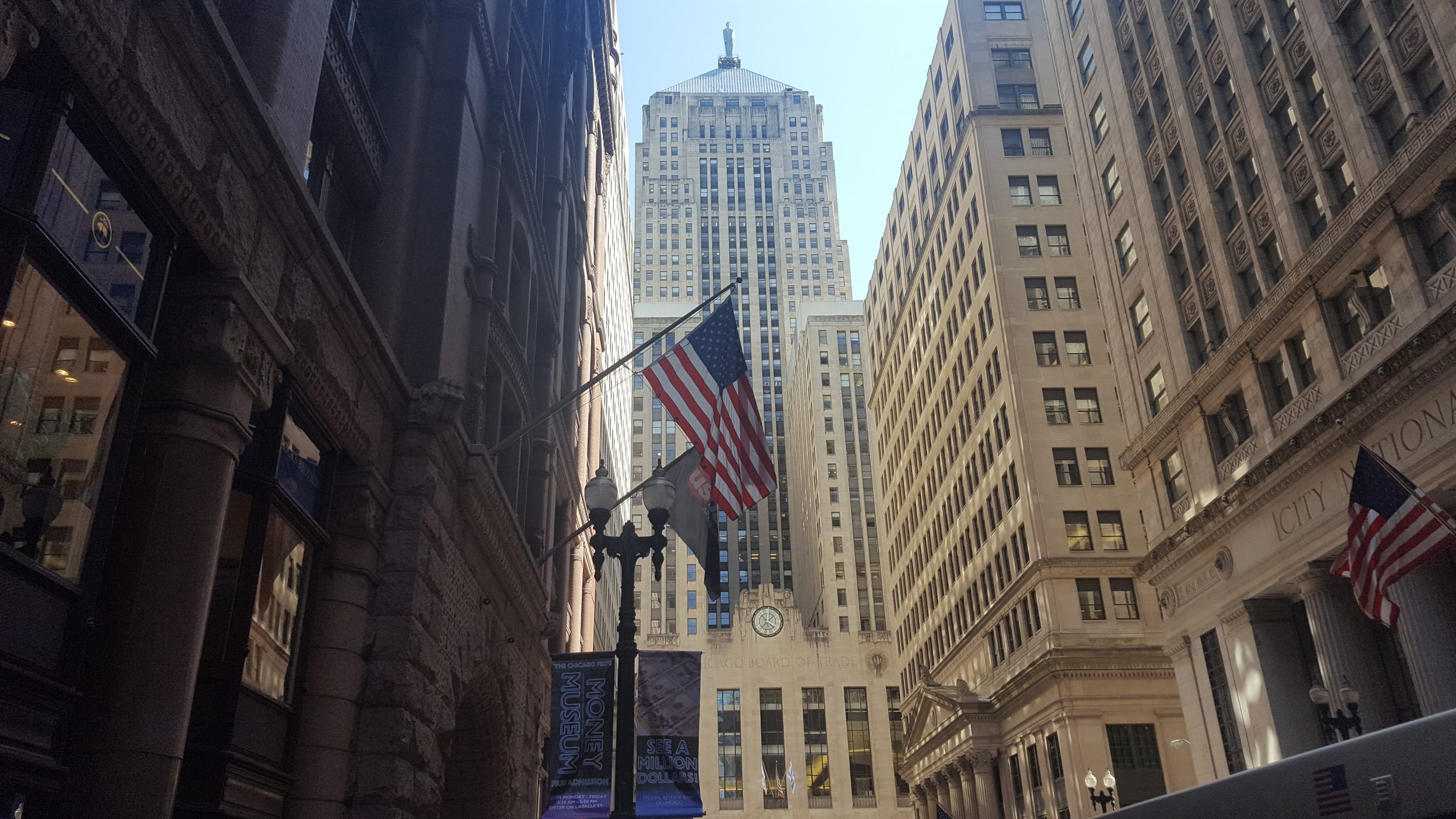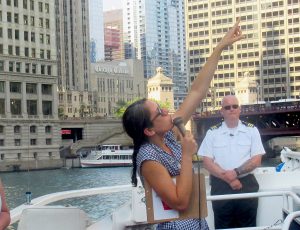The loss of historic architecture, such as Chicago’s Mecca Flats, is not unusual in an ever-changing city. Some the great architecture of Chicago stands on sites of buildings that we would be sad to know are now gone – if we had indeed ever been familiar with their architectural spaces. After guiding one of our Loop Interior Architecture Walking tours, I checked out the special exhibit at the Chicago Cultural Center right now that pays homage to the incredible history of the now-gone Mecca Flats.
This building in Chicago’s Bronzeville neighborhood was on the site of Mies van der Rohe’s S.R. Crown Hall. The exhibit, curated by Chicago Cultural Historian Tim Samuelson, uses photographs, music, ephemera and artifacts to share the story of this fascinating building over its 60-year history.
The Mecca Flats and the Black Metropolis
This story begins with its building in 1891 on State Street at 34th Street. Lesser-known architects Willoughby J. Edbrooke and Franklin Pierce Burnham (no relation to famous architect Daniel Burnham) designed this luxurious hotel for visitors of the upcoming 1893 World’s Columbian Exposition. While it may not be considered a masterpiece of Chicago architecture, the building had an interesting design. Skylights capped the two wings of the U-shaped hotel to create brightly lit open corridors with public space for mingling. After the World’s Fair, the the Mecca Flats became an apartment building, and home to the African Americans coming to Chicago in search of a new life during the Great Migration.
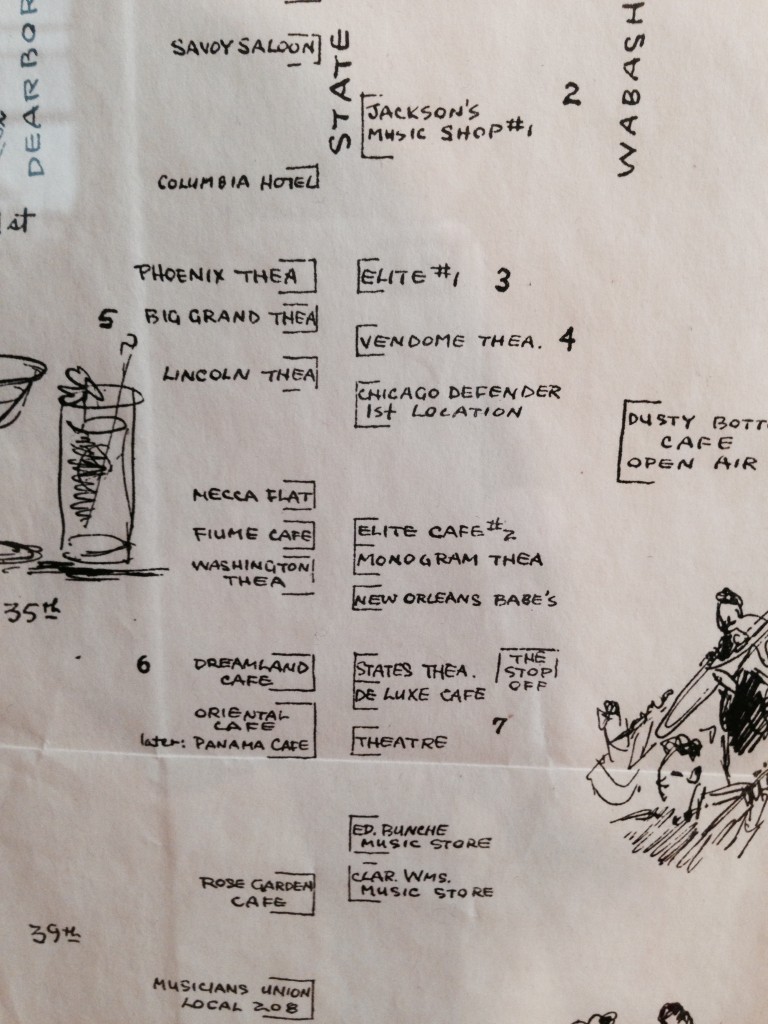
With this movement of blacks from the South to Chicago also came the arrival of jazz and blues, and the Bronzeville neighborhood was the heart of the Chicago blues and jazz scene. Nightclubs lined State Street, between 31st and 35th Street, which was also known as “The Stroll.” We share some great background on this area on our “Jazz, Blues and Beyond Bus Tour,” which we offer once a year to the public during Blues Fest weekend in June. And many musicians lived in the Mecca Flats, and they had jam sessions in the light courts and the social spaces that were originally designed for the hotel. A blues favorite titled the “Mecca Flat Blues” tells to the hardships and woes of living in the flats.
A Modernist Replacement
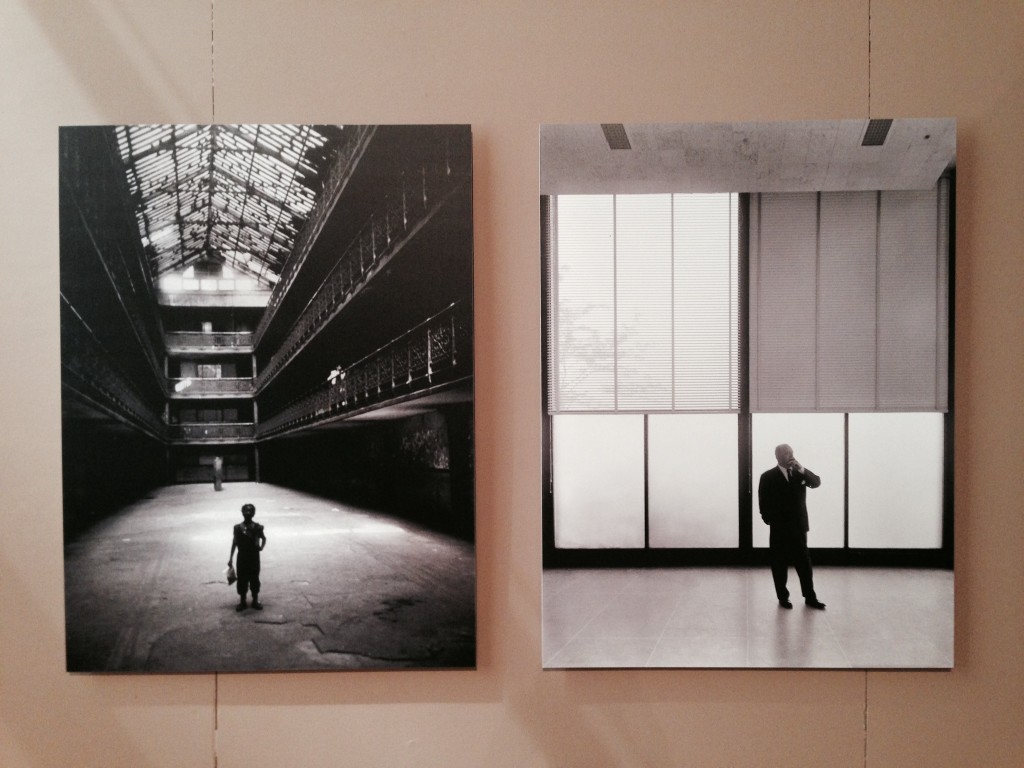
After World War II, the newly formed Illinois Institute of Technology, previously known as the Armour Institute, was growing and was located right next to the Mecca Flats. The school had hired Ludwig Mies van der Rohe (I’m a big fan) to run the architecture program at the institution and also design an entirely new campus. The school bought up the surrounding land along State Street, including the Mecca Flats. We can take you on a tour of the IIT Campus and explore its many works of Modernist architecture.
I was lucky to attend a special lecture at the Cultural Center led by author Thomas Dyja entitled, “The Battle for the Mecca.” In the 1940s the Mecca Flats was overcrowded with blacks who were not welcome to live in many areas of the city. With IIT’s desire to tear down the Mecca Flats, this became a site of political and social divides, and Dyja expands upon this conflict in his award-winning book The Third Coast: When Chicago Built the American Dream. Dyja explained in his talk how many saw the Mecca Flats as an overcrowded slum, but others saw it as home. The destruction of the Mecca Flats and the building of S.R. Crown Hall represents the post-World War II push into modernity. But with the loss of the Mecca Flats, we lost an important site of Chicago jazz and blues history.
Visit the Exhibit!
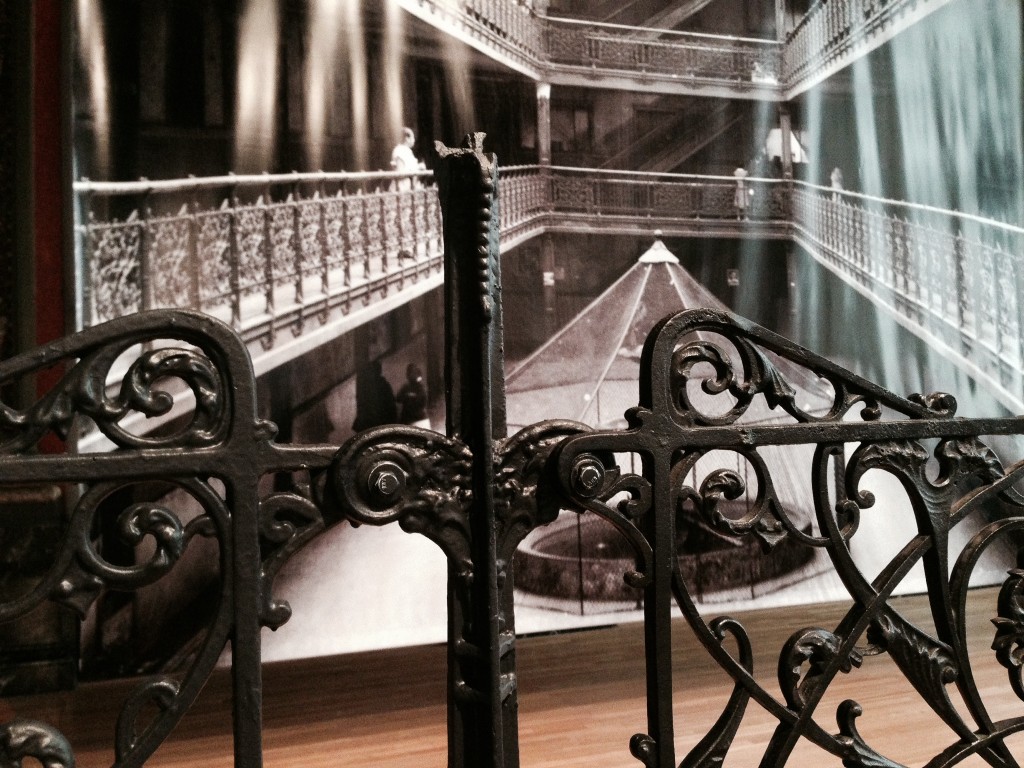
The exhibit at the Chicago Cultural Center runs through May 25th. You can see the incredible architectural differences of these two buildings. One cool part of the exhibit is this salvaged railing from the flats in front of a perspective shot of the light court. You can try to imagine what it would have been like to be there in the past.
–Jenn Harrman, Marketing Manager and Tour Guide


